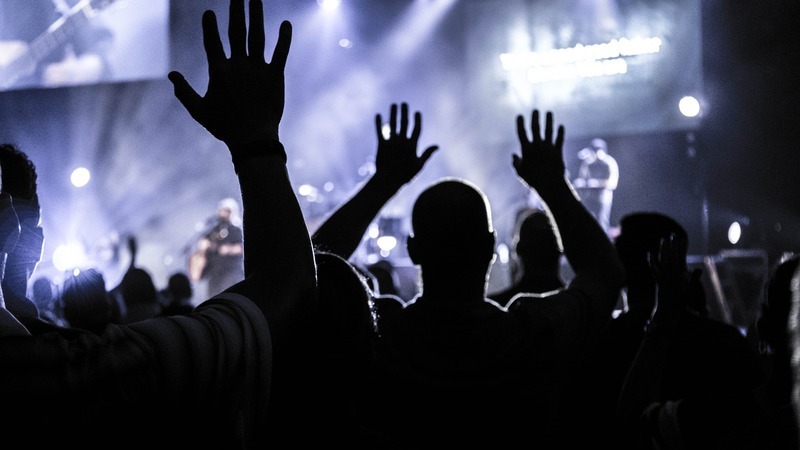
Belief in the afterlife is experiencing a notable rise among Americans, including individuals who identify as religious “nones,” meaning they have no formal religious affiliation.
An analysis conducted by Ryan Burge, an associate professor of political science at Eastern Illinois University, reveals that belief in an afterlife among non-religious Americans has increased from approximately 50% in the 1970s to around 60% today. Burge's analysis draws from nearly five decades of data collected through the General Social Survey, which has been conducted regularly since 1973.
This survey posed the question: “Do you believe there is a life after death?” to which respondents could answer either “yes” or “no.” The overall stability and gradual rise of belief in an afterlife over the decades is significant, with numbers increasing modestly from 76% in 1973 to about 82% in 2022.
Particularly noteworthy is the growing belief among the religiously unaffiliated, a group commonly referred to as the “nones.” In the early 1970s, individuals identifying as nones were evenly split on the question of life after death. However, by the year 2000, their belief had substantially increased, surpassing 60%, and it has remained consistently high since then.
Across various educational backgrounds, belief in an afterlife remains robust, ranging between 79% and 81%. Historical data shows that educational levels have had little impact on these beliefs since records began, with the belief gap between educational categories rarely exceeding five percentage points.
Among younger generations, particularly those born between the 1970s and 1980s, belief in an afterlife is stable, with around 83% consistently affirming their belief. Conversely, individuals born in the 1960s exhibited noticeable fluctuations in their belief without a clear pattern, while those born between 1950 and 1959 showed significant increases in belief as they aged, rising from around 70% in their youth to approximately 80%-90% in recent years.
Statistical analysis suggests that men are more likely to reject the idea of life after death than women. Additionally, political orientation influences belief, with self-identified liberals demonstrating more skepticism compared to conservatives and moderates. However, the primary predictor of disbelief is religious affiliation or the absence of it.
When controlling for factors such as income and race—both of which showed minimal statistical significance—higher education emerged as a slightly predictive factor for increased belief in life after death. This finding challenges the common expectation that higher education is typically associated with increased secularization or skepticism toward religious beliefs, as noted by Burge.

















